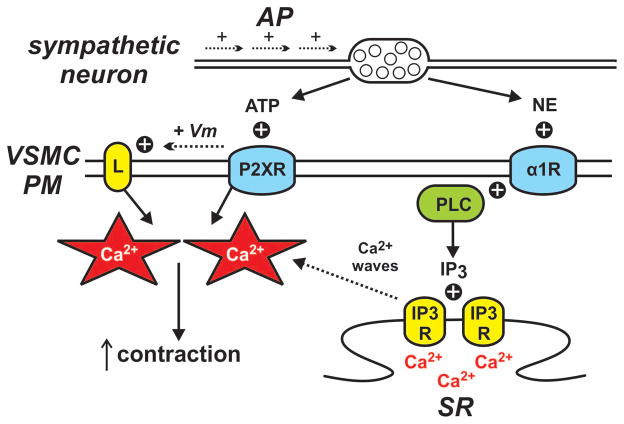Figure 4. Vascular smooth muscle junctional calcium transients.
Neuronal action potentials (AP) promote the release of ATP and norepinephrine (NE) from perivascular nerve terminals. Norepinephrine stimulates α1 adrenergic receptors (α1R) giving rise to Ca2+ waves as described in Figure 3 while ATP opens Ca2+-permeable purinergic receptors (P2XR) on the vascular smooth muscle cell plasma membrane (VSMC PM) producing localized junctional Ca2+ transients. Purinergic receptor activation also leads to plasma membrane depolarization (+ Vm) and increased opening of voltage-dependent Cav1.2 L-type Ca2+ channels (L). Ca2+ influx from junctional Ca2+ transients and L-type Ca2+ channels summate to increase contraction.

